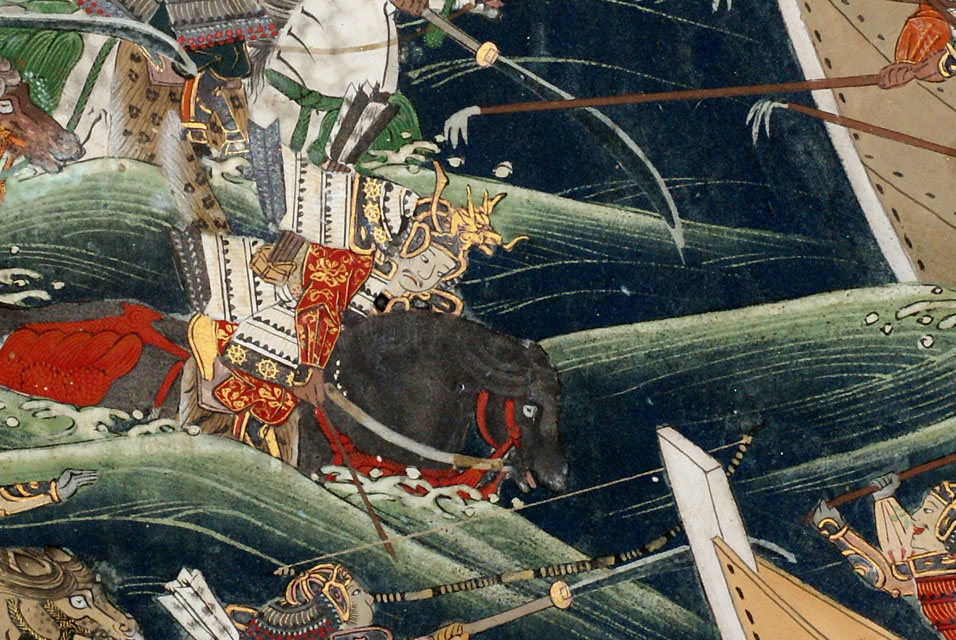The 13th-century "Heike Monogatari" ("The Tale of the Heike") is the most characteristically Japanese of masterpieces. All the great themes are here, inseparably interwoven: war, love, religion, death, courage, loyalty, betrayal. The prevailing sentiment is sorrow: overwhelming for the defeated Heike clan, less so for the victorious Minamoto — but even triumph brings no joy; only, it seems, a deeper awareness of life's inevitable, inescapable, tragic pathos.
Hatred is as conspicuously absent as joy. We expect enemies to hate each other — if not viscerally, artificially, revulsion stirred by invective known in our day as dehumanization. Nothing of the sort mars the "Tale." On the contrary — "I can think of few other instances in other cultures," writes Japanologist J. Thomas Rimer, "where those involved in fighting ... have admired their enemies so much."
He cites the famous episode in which the humble Minamoto warrior Kumagai, having captured the young Heike courtier Atsumori and about to cut off his head, pauses mid-stroke. The youth is simply too beautiful, and the magnificent flute found on his person suggests talent and sensitivity beyond the ordinary. "'Alas!' (Kumagai) cries, 'what life is so hard as that of a soldier? ... How lamentable it is to do such cruel deeds!'" But do them he must. "Though I would spare your life," he says to Atsumori, "the whole countryside swarms with our men, and you cannot escape them. If you must die, let it be by my hand, and I will see that prayers are said for your rebirth in bliss."



















With your current subscription plan you can comment on stories. However, before writing your first comment, please create a display name in the Profile section of your subscriber account page.